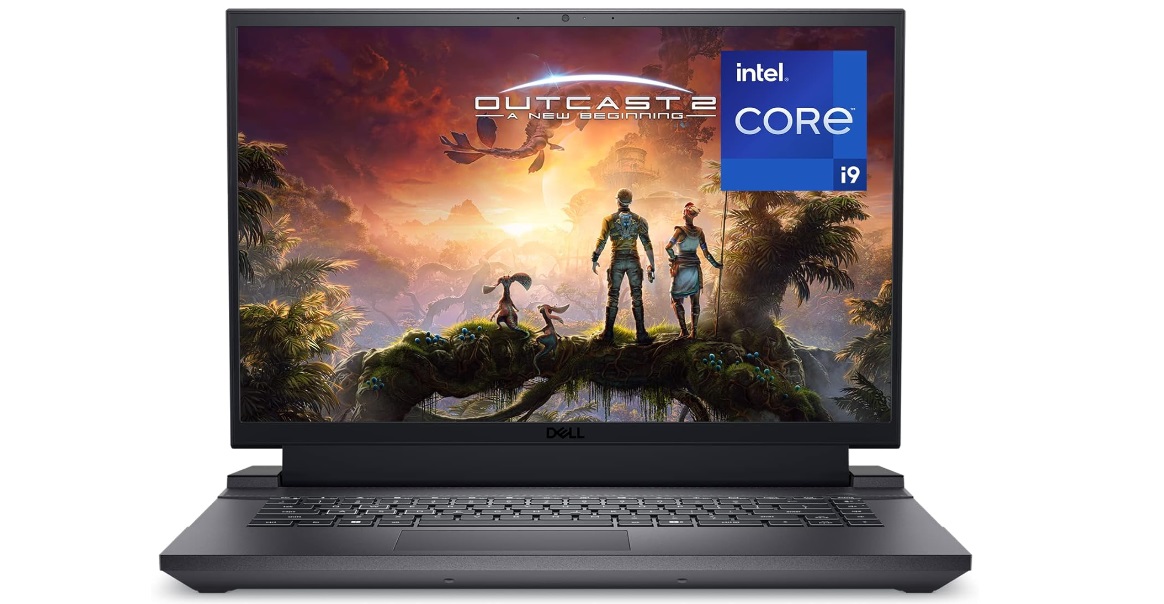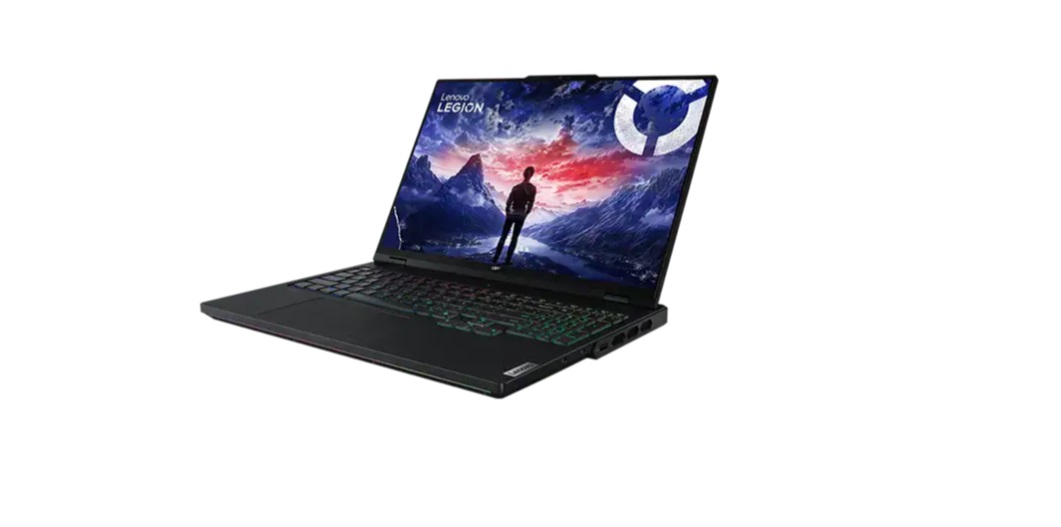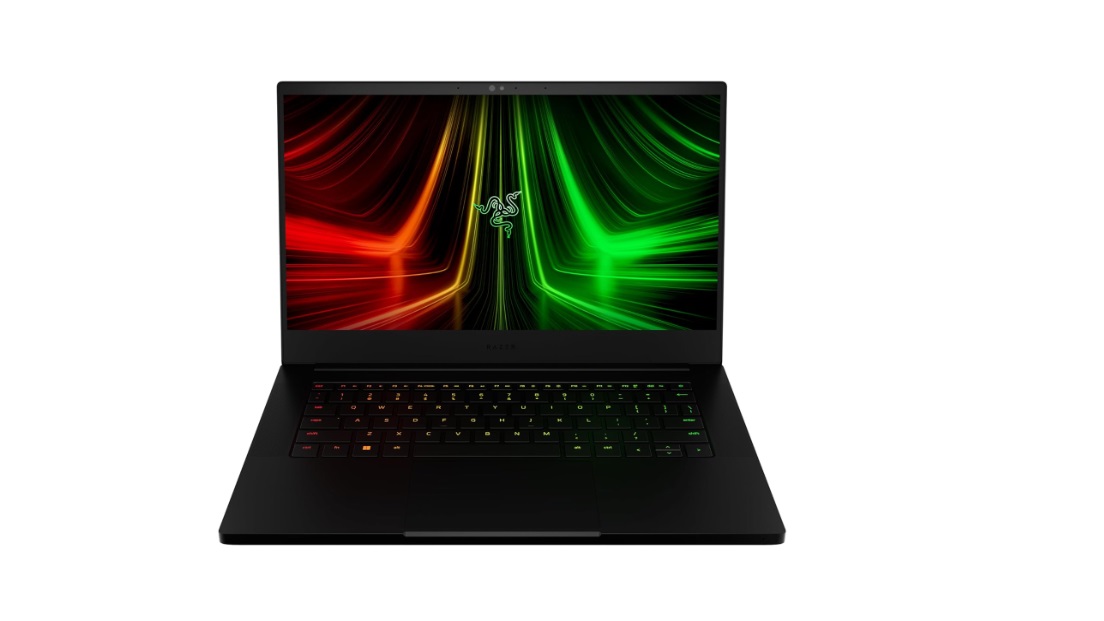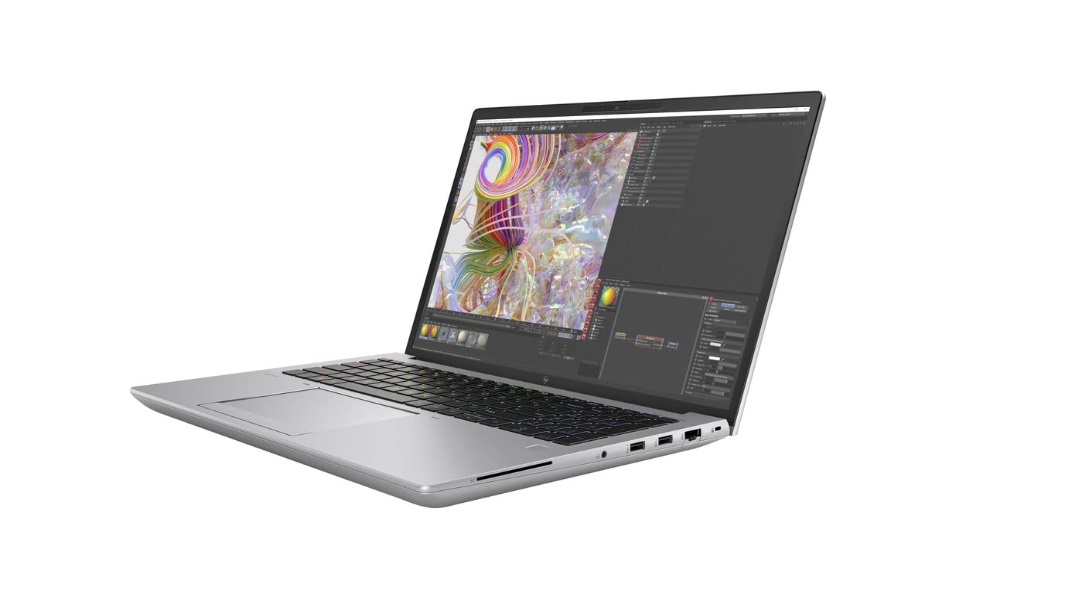You can have one laptop for everything: gaming, streaming, video editing, and daily work. But if you’re hard-core on any of these, then you will definitely need a dedicated PC for each of these activities. Particularly, to enjoy the best gaming experience on a computer, you need to get a gaming PC; similarly, to get the best out of your PC VR headset, you need one of these top laptops for VR/MR.
Why are these laptops recommended for VR? These laptops are equipped with monstrous specifications and MR/VR-compatible chipsets. However, of course, these laptops are definitely not cheap! Your budget must be above $1,000 to take home one of these powerful systems. If these seem too expensive for you, then consider alternative laptops that feature a UBB-C port with DisplayPort adaptability and support at least Nvidia’s 40 series GPUs.
These are the 5 Top laptops for VR in 2024
The laptops deliver powerful performance, come with robust GPU capabilities, and plenty of connectivity options.
1. Asus ROG Strix Scar 18
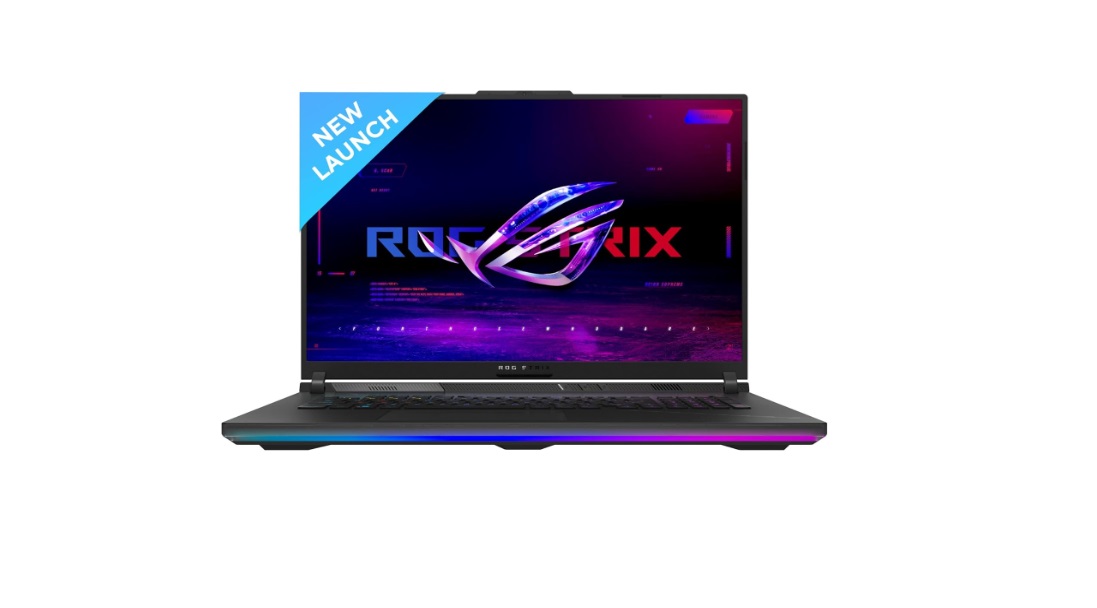
Base OS: Windows 11 Pro
CPU: Intel Core i9, 14900HX
GPU: NVIDIA GeForce RTX 4090
Storage: 4TB PCIe 4.0 in RAID 0
RAM: 64GB DDR5
Display: 18-inch QHD+ 240Hz
Advanced Support: NVIDIA Advanced Optimus
The ROG Strix SCAR 18 is one of the best actually, for real immersive VR gaming. First off, it comes with a crystal-clear 18-inch 2.5K 240Hz Nebula HDR display and is powered by an Intel Core i9 Processor 14900HX, an Nvidia GeForce RTX 4090 GPU, and up to 64GB of RAM. This rugged powerhouse gaming system handles hard-core VR games smoothly as though they’re nothing.
A PC that seamlessly played AAA titles like Tomb Raider (181 fps) and Grand Theft Auto V (152 fps) is definitely going to crush any other VR game. To top things up, it integrates a dedicated MUX Switch with support for NVIDIA Advanced Optimus to allow you to unlock the full potential of the GPU.
But then, this laptop is not portable—if you’re looking for a portable gaming laptop, you should pass on this. The 402-nit bright display and 240Hz support let you view high-end games in every frame.
2. Dell G16 7630
Base OS: Windows 11 Home
CPU: 13th Gen Intel Corei9-13900HX
GPU: NVIDIA GeForce RTX 4070
Storage: 1TB SSD PCIe 4.0
RAM: 16GB DDR5 (Expandable)
Display: 16-inch QHD+ 240Hz
Advanced Support: NVIDIA G-SYNC + DDS
The G16 7630 is one of the hardest Dell gaming laptops to date, and it’s not even that expensive—just about $100-$300 on top of your $1,000 budget, depending on the store you shop from. The Dell G16 7630 launched in three standard configurations, with the MSRP starting from $950.00 for the most basic configuration.
But then, even this basic configuration option featured a powerful chipset and features that drive VR gaming to the extreme. However, the focus here is the second configuration, which goes for $1,300. This version offers the 13th Gen Intel Core i9-13900HX paired with NVIDIA GeForce RTX 4070 and 16GB of DDR5 memory to a 1 TB SSD storage.
With the wide 16-inch QHD+ display, which has 2560×1600 pixels, clocked at 240Hz refresh rate, and 100% DCI-P3, the G16 7630 can play any triple-A VR game without any lag.
3. Lenovo Legion Pro 7i Gen 9/16
Base OS: Windows 11 Home/Pro
CPU: 14th Gen Intel Core i9-14900HX with Turbo Boost, 24 Cores, 36 MB Cache
GPU: Nvidia GeForce RTX 4080
Storage: 1TB SSD PCIe 4.0
RAM: 16GB DDR5 (Expandable)
Display: 16-inch 240Hz
Advanced Support: NVIDIA G-SYNC
Quite an expensive piece we’ve got here, but trust me, it’s worth your spending. The Lenovo Legion Pro 7i is a $2k+ gaming laptop with some hard-core specs and features. This premium laptop comes with the Core i9-14900HX CPU paired to the Nvidia GeForce RTX 4080, which combine to power the outstanding PureSight 16-inch 2560x1600p screen, which in turn offers a peak 240Hz refresh rate.
The battery on this laptop is a hard one; you’re guaranteed multi-hours of intensive gameplay. Assisting the i9 processor and RTX GPU is a dedicated 8GB GDDR6 and a base 16GB of DDR5 RAM (expandable up to 32GB), not to mention the 1TB PCIe Gen4 NVMe SSD storage. Another top-of-the-class feature of this PC is a 16-inch screen rated for a peak brightness of 500 nits with the inclusion of DisplayHDR 400 certification, Nvidia G-Sync support, Dolby Vision, and Pantone validation.
4. Razer Blade 14
Base OS: Windows 11 Home
CPU: AMD Ryzen 9 7940HS
GPU: Nvidia GeForce RTX 4070
Storage: 1TB PCIe SSD
RAM: 16GB DDR5 (Expandable)
Display: 14-inch QHD+ 240Hz
If you fancy portable laptops, then this is your goal. Ignore the sleek portability of this laptop; inside it lies some super-powerful chips for an exceptional VR gaming experience. With AMD Ryzen 9 7940HS and Nvidia GeForce RTX 4070, paired to 16G RAM and 1TB M.2 PCIe SSD storage, the Razer Blade 14 is a top choice for most PC VR enthusiasts.
It has quite a smaller display at 14-inch, compared to most other gaming PCs that come with at least 16-inch screens, but the 14-inch on this rig supports QHD+, 240Hz, and covers 114.3% of the DCI-P3 color gamut, averaging 465 nits of brightness. For sure, this display quality, along with the powerful hardware, will take on any VR game without lagging.
5. HP ZBook Fury 16 G9
Base OS: Windows 11 Pro
CPU: Intel Core i9-12950HX
GPU: Nvidia GeForce RTX 4080
Storage: 1TB PCIe SSD
RAM: 64GB
Display: 16-inch, 4K+ 120Hz 16:10
Advanced Support: NVIDIA G-SYNC
Talk of a badass workstation that champions every VR game you will ever play and also comes in very useful for other operations outside the VR field. The HP ZBook Fury 16 G9 is a hard-core PC that cuts across needs. With a whopping 24GB dedicated virtual memory and up to 64GB usable RAM, this is certainly a VR laptop to bank on.
Why are you going to love this? It offers a solid 16-inch, color-accurate Dream Color display. Under the hood lies an Intel Core i9-12950HX sitting next to an Nvidia GeForce RTX A5500 graphics chip—this monstrous chipset with the almost 72k RAM packed by this laptop is hungry for more tasks—this PC can render a short 6K video in one minute. Well, it’s very expensive as it is built for professionals.
Conclusion
These are some of the very best laptops for VR in 2024, and the reason is quite simple: the specs packed by these laptops are monstrous and can drive any VR game. Of course, these laptops are not cheap, but their specs make up for the price. Also, you can use these systems for other activities outside VR gaming.
